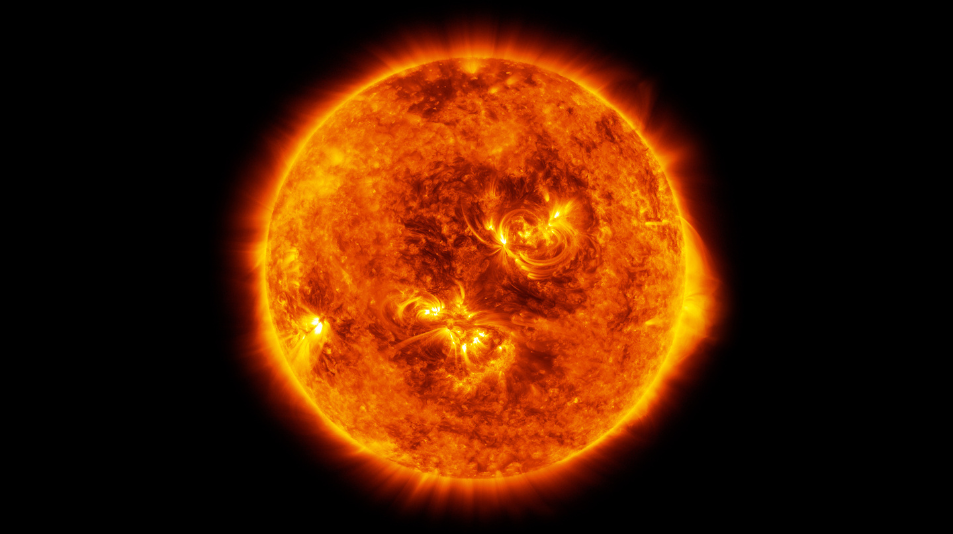
The Sun’s Activity: An Earlier Peak Than Anticipated
Our star, the sun, is showing signs of reaching its solar cycle peak earlier than scientists had predicted. This peak, known as the solar maximum, is a period of high solar activity associated with an increased number of sunspots on the sun’s surface.
Understanding the Solar Cycle
The sun undergoes an 11-year cycle of varying activity levels, marked by the presence of sunspots. These dark regions, some larger than Earth, are a result of the sun’s powerful and ever-changing magnetic fields. The solar cycle sees the sun transition from a calm state to a period of intense activity, known as the solar maximum, during which the sun’s magnetic poles flip.
An Earlier Peak
Originally, the peak activity was projected to start in July 2025. However, experts now believe that the peak is more likely to occur in mid to late 2024. The current solar cycle, Solar Cycle 25, has been more active than anticipated, with more sunspots tracked than at the peak of the previous cycle.
Impact of Increased Solar Activity
The heightened activity includes strong solar flares and coronal mass ejections, which can affect electric power grids, GPS, aviation, and satellites in low-Earth orbit. These events can cause radio blackouts and pose risks for manned space missions.
Predicting the Solar Maximum
The new predictions for the solar maximum were led by a team of researchers who focused on tracking the magnetic activity leading to sunspots rather than the sunspots themselves. This approach, they believe, could yield more accurate predictions.
The Effects of Solar Maximum
Once the solar maximum is reached, the activity can persist for years. The number of solar flares peak after the maximum, leading to increased effects on Earth. Solar maximum can last about two years before activity levels decrease, meaning the chance of solar storms can remain high for longer than the actual peak.
The Beauty of Increased Solar Activity
A more positive side effect of increased solar activity is the auroras that appear around Earth’s poles. When the energised particles from coronal mass ejections reach Earth’s magnetic field, they interact with gases in the atmosphere to create different coloured light in the sky.
In summary, forecasting the precise timing of the next major solar storm is a complex task. Yet, a deeper understanding of the sun’s cycles aids us in preparation. We can mitigate the impacts of increased solar activity through this knowledge. As we delve further into studying the sun, we enhance our predictive capabilities. The sun, with its mysteries, continues to captivate us. Our understanding of this fascinating star is ever-evolving. Thus, our journey of exploration and learning continues.


